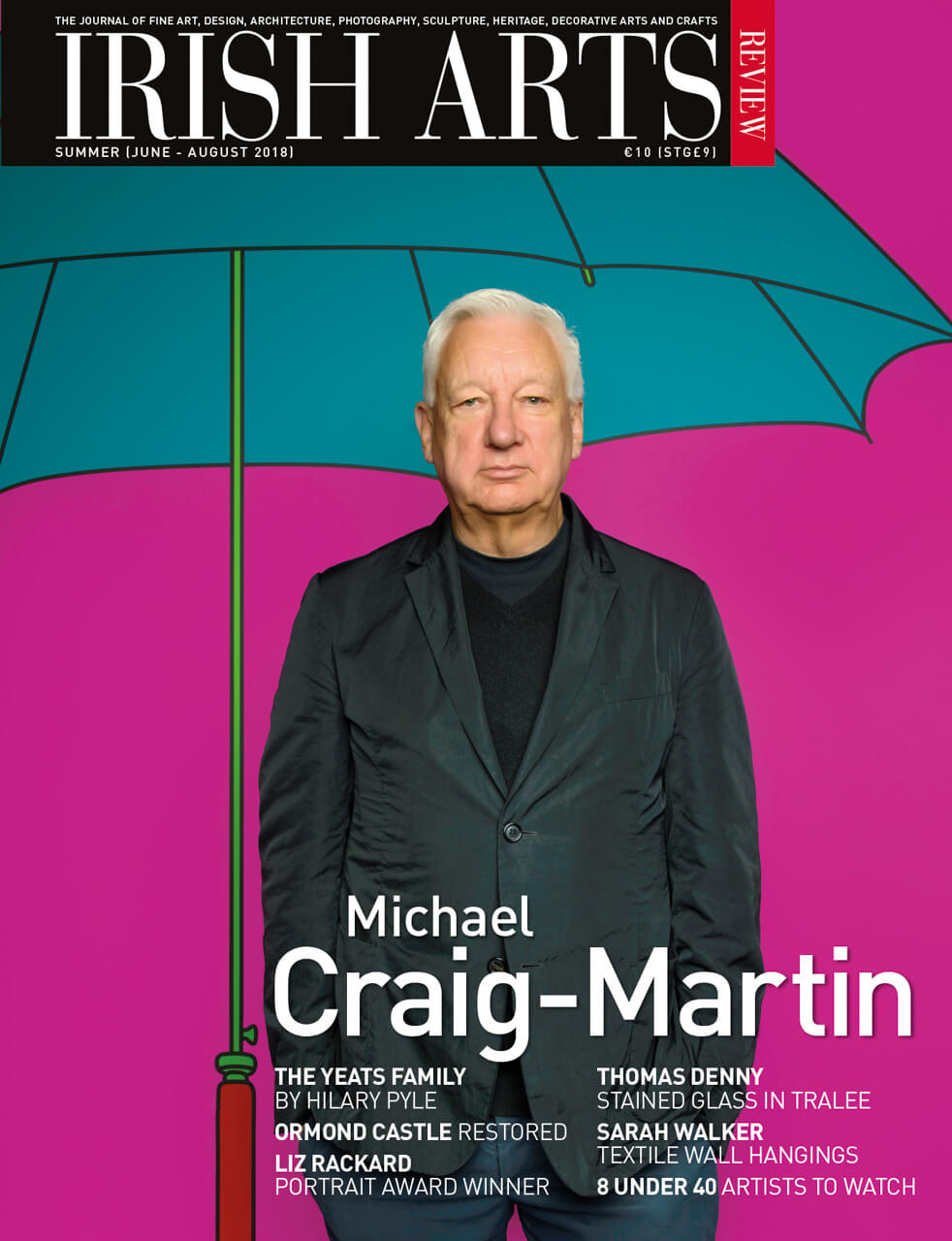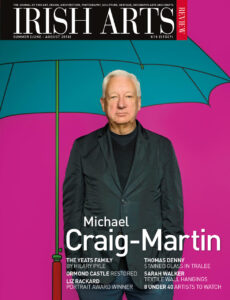

Grace Fegan selects the historic Charter of James I from the Medieval Mile Museum, Kilkenny
The award-winning Medieval Mile Museum tells the stories of Kilkenny’s powerful patrons and inspired creators. One of the country’s largest and finest examples of a medieval church, this site and its monuments have been lovingly restored in recent years by a Kilkenny County Council-led team and is now operated by Kilkenny Civic Trust. Architects McCullough Mulvin’s bold interpretation of what was St Mary’s Parish Church includes a newly-built, lead-clad chancel in the footprint of the original 13th-century structure. Recent archaeological excavations have produced artefacts spanning eight centuries that are now on display by kind permission of the National Museum of Ireland.
Also on display are a series of documents that are part of one of the largest, continuous civic archives in the country. The records detail the rules and regulations that were necessary for Kilkenny to thrive and develop from Ireland’s principal inland town to a prosperous Renaissance city.
Under the direction of William Marshal (1146-1219) Earl of Pembroke who had also founded New Ross, Kilkenny became a cosmopolitan, European town. With the protection of the well-connected Earls of Ormonde at Kilkenny Castle the town was relatively safe from turmoil and was allowed to flourish.
A wealthy merchant class emerged, made up of a mix of Anglo-Norman settlers and native Irish. These merchant families used the river Nore to transport wool and hides to the international port of New Ross – ideally located for accessing Europe. Inspired by their travels and emboldened by their riches, they began to transform Kilkenny into the city they knew it could be. Along the route between the Castle and St Canice’s Cathedral these families built magnificent ‘marble’ mansions from Kilkenny’s prized black limestone.
As luck would have it, the crown was close to bankruptcy and James I let it be known that he was in the business of issuing charters to those who could afford them.
Residents used paved streets and covered walkways to move between their fine homes, orchards, markets and churches. By the early 17th century this prosperous town could now afford to negotiate greater rights for its citizens. As luck would have it, the crown was close to bankruptcy and James I let it be known that he was in the business of issuing charters to those who could afford them. The council of Kilkenny saw their opportunity to lobby and in 1608 he duly responded with a magnificent, illuminated charter. Written in Latin with a steady calligrapher’s hand the charter identifies the ruling families of Kilkenny and details how the local government and guilds will work. Written on three large skins it is decorated in brilliant colour with emblems of England, Ireland, Scotland and France: roses, harps, thistles, unicorns and cockerels. The King himself is depicted on the throne holding a sword and sceptre. Lions and dragons hold up coats of arms and monsters’ faces seem to spew a floral border.
This is the second of two charters issued by James I to the Council of Kilkenny. The third charter was issued less than a year later in 1609 and this is the charter that finally established Kilkenny as a city.
Grace Fegan is Curator-Manager of the Medieval Mile Museum for Kilkenny Civic Trust.



